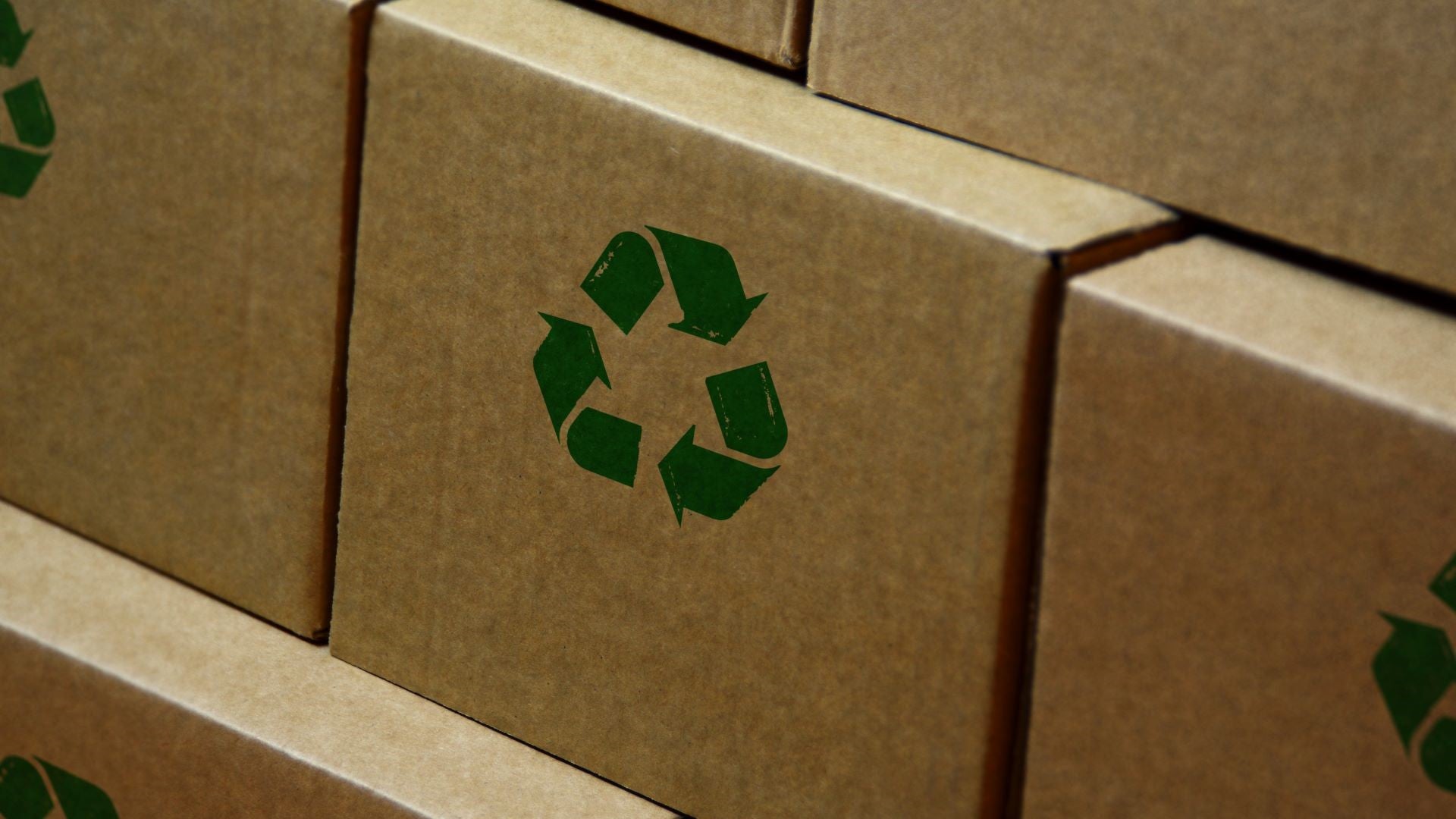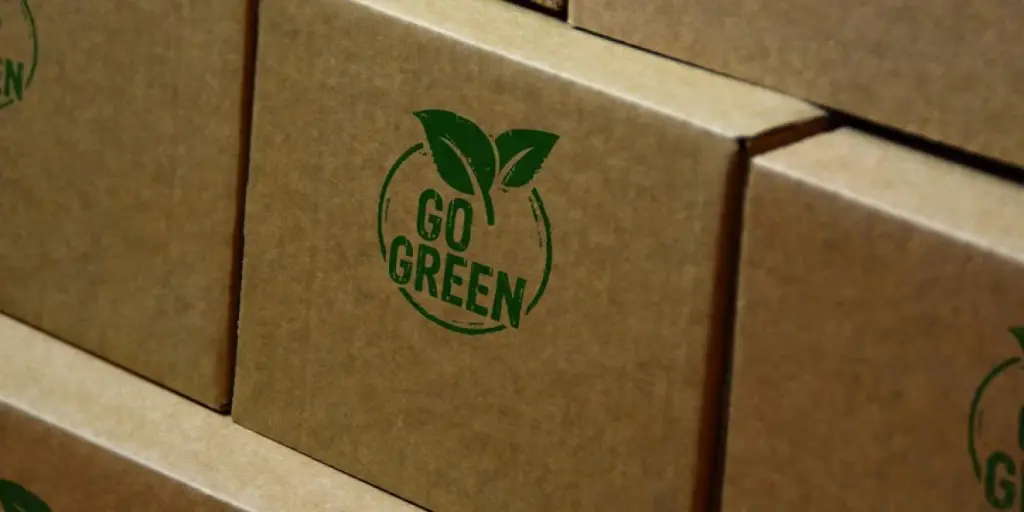A thorough survey reveals insights ranging from purchasing decision influencers to evolving environmental consciousness and the pursuit of sustainable packaging materials.

In 2020, amid the peak of the Covid-19 pandemic, a global survey delved into consumers’ perceptions of sustainable packaging. Fast forward to 2023, and we find ourselves grappling with economic uncertainty, geopolitical tensions, and an energy crisis.
To understand how these changes have impacted attitudes toward sustainable packaging, a comprehensive survey was conducted in 2023 across 11 countries, focusing on US consumers for this report.
In the mind of the US consumer
1. Prioritising factors in purchasing decisions
When it comes to buying products, US consumers are primarily driven by price, quality, and convenience, with environmental impact taking a backseat.
However, this varies across age groups and locations. Gen Z and millennial consumers, along with urban dwellers, are more likely to prioritise environmental considerations, indicating a nuanced perspective influenced by demographics.
2. Packaging preferences: hygiene and shelf-life top concerns
US consumers express heightened concerns about hygiene, food safety, and shelf life when it comes to product packaging. The appearance of packaging has become less crucial, possibly influenced by the rise of online shopping.
Interestingly, while 39% consider the environmental impact of packaging important, this has slightly decreased since 2020.
For environmentally concerned consumers, ocean litter takes centre stage
3. Evolving environmental concerns
In a shift from 2020, US consumers now overwhelmingly rank the environmental impact of ocean litter as their top environmental concern. This surpasses worries about climate change and deforestation.
Despite high participation in recycling, there’s a significant knowledge gap among consumers regarding recyclable packaging. Additionally, there’s a call for increased sustainability regulations, with brand owners seen as key players in driving packaging sustainability.
US consumers’ sustainable packaging knowledge and willingness to pay
4. Sustainable packaging materials and consumer willingness
Most US consumers lack a clear understanding of which packaging types are truly sustainable, favouring compostable and plant-based options. While willingness to pay more for sustainable packaging exists, it is often limited to a small premium.
Categories like fresh produce and beverages stand out as areas where consumers are more inclined to prioritise sustainable packaging, showcasing potential growth opportunities.
5. No one-size-fits-all solution
In navigating the sustainable packaging landscape, there’s no universal solution. Consumer preferences vary, with some favouring fibre packaging and others opting for compostable plastic film.
A granular understanding of different end-user segments is crucial for packaging players to succeed. Rather than waiting for a perfect solution, an incremental approach that addresses specific consumer needs and challenges is recommended.
Navigating uncertainties with a granular approach
As the world grapples with uncertainties, sustainable packaging remains a key consideration for consumers. While not all consumers prioritise environmental factors equally, there is a growing segment willing to pay a premium for green packaging.
For packaging players, the key to success lies in a detailed understanding of diverse consumer views and needs.
Embracing sustainability incrementally, addressing pain points, and tailoring solutions to specific end-user segments will be essential in winning the race for sustainable packaging in the evolving market landscape.
Source from Packaging Gateway
Disclaimer: The information set forth above is provided by packaging-gateway.com independently of Alibaba.com. Alibaba.com makes no representation and warranties as to the quality and reliability of the seller and products.




